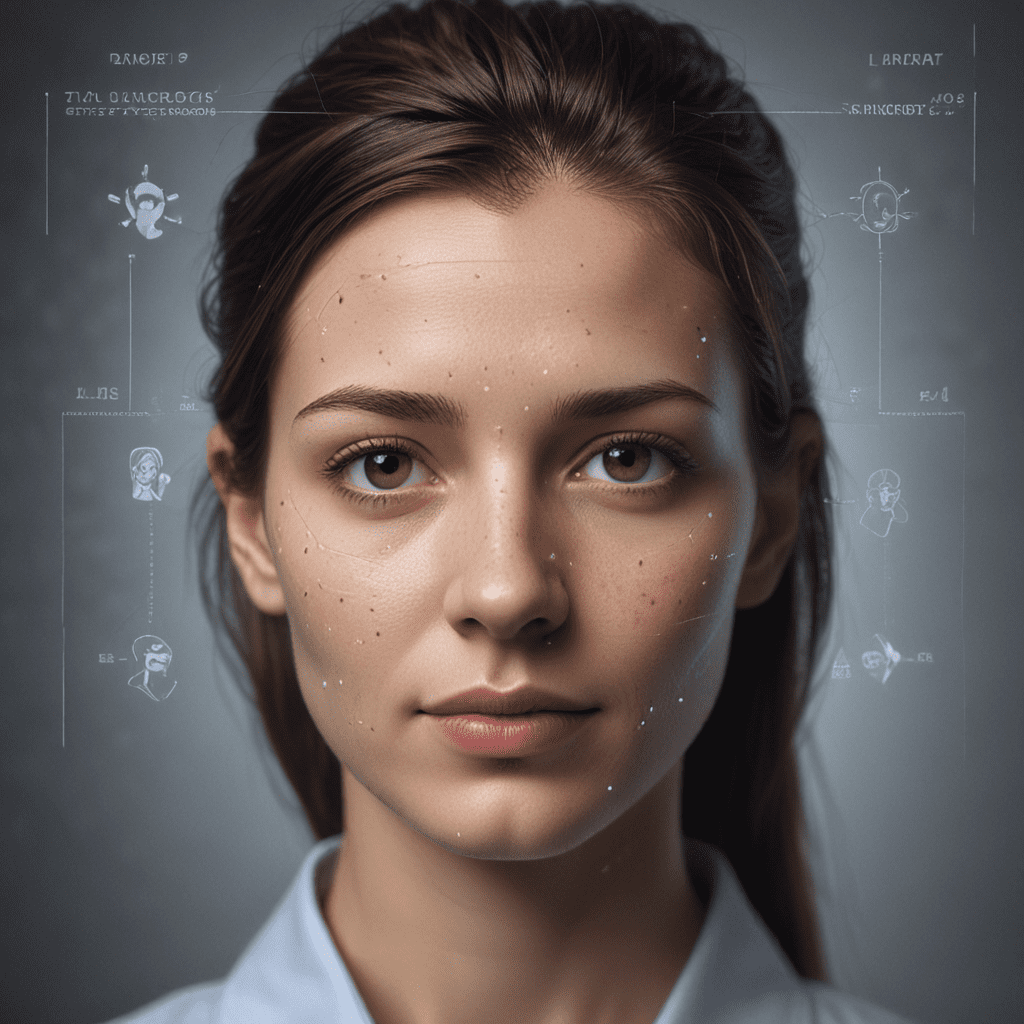
1. Introduction
In the rapidly evolving realm of smart homes, facial recognition technology has emerged as a game-changer. This innovative technology offers a seamless blend of convenience and security, promising to revolutionize the way we interact with our living spaces. However, with the advent of such powerful technology, concerns about privacy and potential misuse inevitably arise. This article delves into the complex interplay between convenience and privacy in the context of facial recognition in smart homes, examining the benefits and challenges associated with its adoption.
2. Convenience of Facial Recognition in Smart Homes
Facial recognition technology offers numerous conveniences that enhance the user experience in smart homes.
2.1. Hands-free Access and Security
One of the primary advantages of facial recognition is its ability to provide hands-free access to the home. By eliminating the need for keys or passwords, facial recognition offers a seamless and secure way to enter and exit the home. This enhanced security feature not only prevents unauthorized access but also provides peace of mind to homeowners.
2.2. Monitoring Elderly or Disabled Individuals
Facial recognition technology can play a crucial role in monitoring the well-being of elderly or disabled individuals living alone. By tracking their movements and recognizing any unusual patterns, facial recognition systems can alert caregivers or family members in case of emergencies or potential health issues. This added layer of support provides peace of mind and promotes the independence of vulnerable individuals.
2.3. Enhanced Entertainment and Personalized Experiences
Facial recognition technology can transform entertainment and personalized experiences within smart homes. By recognizing different individuals and their preferences, facial recognition systems can tailor content to their specific tastes. From personalized music playlists to tailored movie recommendations, facial recognition enhances entertainment and creates a more immersive and enjoyable experience.
6. Regulation and Policy Framework
To ensure the responsible and ethical adoption of facial recognition in smart homes, clear guidelines and oversight are necessary. Governments and regulatory bodies must establish data protection laws that safeguard user privacy and prevent misuse. Ethical considerations should be integrated into the development and deployment of facial recognition systems, ensuring that they comply with societal values and human rights principles.
7. Consumer Education and Awareness
Empowering consumers with knowledge about the risks and benefits of facial recognition technology is essential. Educational campaigns should raise awareness about potential privacy concerns and provide guidance on responsible use. Smart home manufacturers and technology providers have a responsibility to communicate transparently about data collection and usage practices, enabling consumers to make informed decisions. Privacy settings and controls should be easily accessible, allowing users to manage their data and limit the scope of facial recognition use.
8. Emerging Ethical Considerations
As facial recognition technology becomes more pervasive, emerging ethical concerns require attention. Fairness and bias in facial recognition algorithms must be addressed to prevent discrimination or exclusion. The psychological impact of constant surveillance on individuals' sense of privacy and autonomy requires careful consideration. Societal implications of widespread facial recognition, such as the erosion of anonymity and the potential for social control, should be subject to ongoing ethical debates.
9. Future Outlook and Predictions
The future of facial recognition in smart homes holds both opportunities and challenges. Continued technological advancements promise to improve accuracy, reduce bias, and enhance privacy protections. However, addressing ethical concerns and developing robust regulatory frameworks remains crucial. Facial recognition technology has the potential to shape the smart home landscape, offering convenience, security, and personalized experiences. However, it is essential to strike a balance that safeguards privacy and promotes responsible use.
10. Conclusion
Facial recognition technology presents a compelling mix of convenience and privacy concerns in smart homes. While it offers hands-free access, monitoring capabilities, and enhanced entertainment, it also raises issues of surveillance, data breaches, and potential misuse. Balancing these factors requires a multi-faceted approach, including strict data protection measures, transparent consent processes, ethical considerations, and ongoing consumer education. By navigating these challenges responsibly, we can harness the benefits of facial recognition technology while preserving the privacy and autonomy of individuals.
FAQ
Q: What are the benefits of facial recognition in smart homes?
A: Facial recognition offers convenience, hands-free access, security, monitoring capabilities for vulnerable individuals, and personalized entertainment experiences.
Q: What are the privacy concerns associated with facial recognition?
A: Potential surveillance, misuse, lack of informed consent, risk of data breaches, and identity theft are key privacy concerns.
Q: How can we balance convenience and privacy in facial recognition use?
A: Implementing strict data protection measures, providing clear consent and transparency, and limiting the scope of facial recognition use are crucial for balancing convenience and privacy.
Q: What technological advancements are mitigating privacy risks in facial recognition?
A: Biometric masking, decentralized facial recognition systems, and privacy-enhancing algorithmic design are promising technological advancements to mitigate privacy risks.
Q: What role do consumers play in responsible facial recognition use?
A: Understanding the risks and benefits, using technology responsibly, and managing privacy settings and controls are essential for consumers to contribute to responsible facial recognition use.


